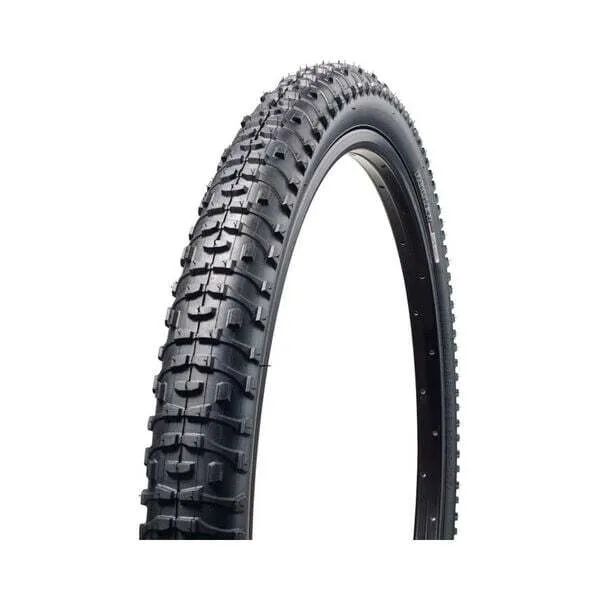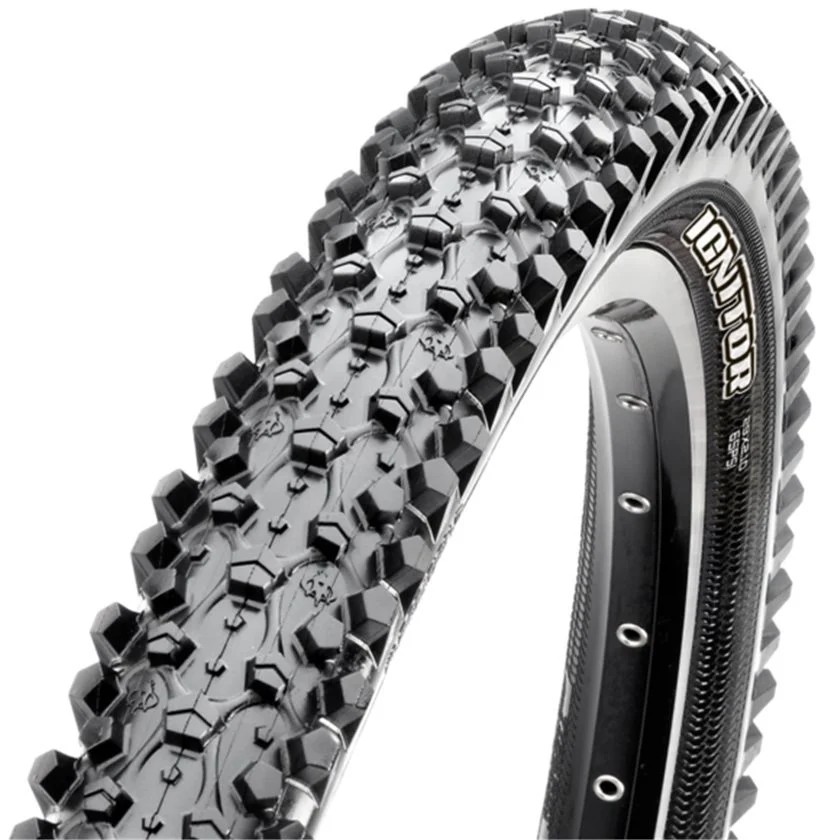I. Introduction

A. Importance of Well-Maintained Bicycle Tires and Tubes
Bicycles have become an integral part of our lives, offering a sustainable and healthy mode of transportation. Maintaining the tires and tubes of a bicycle is crucial for its safety, functionality, and performance. In this blog post, we will delve into the significance of well-maintained bicycle tires and tubes, and provide a comprehensive understanding of their components and functions.
B. Brief Overview of the Components and Functions
Bicycle tires and tubes are fundamental components that work together to ensure a smooth and efficient ride. Tires provide traction, support the bike’s weight, and absorb shock, while inner tubes hold the air that maintains tire pressure. Understanding these components and their functions is essential for every cyclist.
II. Understanding Bicycle Tires
A. Types of Bicycle Tires
Bicycles come in various types, each demanding specific tire requirements. Road bikes, mountain bikes, and hybrid bikes, for instance, necessitate different tire types tailored to their intended terrain and riding conditions. Knowing the distinctions between these tires is crucial for a cyclist looking to optimize their riding experience.
B. Factors to Consider When Selecting Tires
When selecting bicycle tires, factors such as durability, tread pattern, and size play a pivotal role. Durability ensures longevity, the tread pattern dictates traction on different surfaces, and the correct tire size guarantees a proper fit and optimal performance. It is imperative for cyclists to carefully consider these factors before making a tire purchase.
C. Proper Tire Inflation and Checking for Wear
Proper tire inflation is crucial for maintaining optimal performance and reducing the risk of tire damage. Additionally, routinely checking tires for wear, cuts, or punctures can prevent potential blowouts and accidents. Understanding the recommended tire pressure and learning how to spot wear signs are essential skills for every cyclist.
III. Inner Tubes: The Unsung Hero
A. The Function and Importance of Inner Tubes
Inner tubes, a crucial component of bicycle tires, fulfill the vital function of maintaining tire pressure and enabling a smooth ride. Despite being often overlooked, they are essential for cushioning the bicycle’s movement. Appreciating the significance of inner tubes in supporting the structure and function of bicycle tires underscores their importance in maintaining tire performance and overall ride quality.
B. Choosing the Right Inner Tube for Your Bicycle Tire
Selecting the appropriate inner tube for a bicycle tire necessitates understanding key factors, including valve types (such as Presta or Schrader), tube sizes, and tire width compatibility. This step is essential for ensuring a secure fit and reducing the risk of tire damage or malfunction, ultimately contributing to a comfortable and safe riding experience.
C. Repairing and Replacing Inner Tubes
Learning how to effectively repair punctured inner tubes or replace irreparable ones is an invaluable skill for cyclists. Discovering proven techniques for patching leaks and understanding when it is necessary to install a new inner tube can empower riders to address unexpected challenges and return to the road swiftly and confidently.
IV. Tire Maintenance and Care
A. Regular inspection and cleaning of bicycle tires
Regular inspection and cleaning of your bicycle tires is essential for maintaining their performance and safety. Before each ride, take the time to inspect your tires for any signs of wear and tear, such as cuts, bulges, or punctures. It is also important to check the tread depth and look for any embedded debris that could potentially cause a flat tire.
In addition to regular inspection, cleaning your bicycle tires is also crucial in order to remove any dirt, debris, or debris that could affect the tire’s grip and performance. Use a mild soap and water to clean the tires, and be sure to dry them thoroughly to prevent any moisture from causing damage.
B. Tire pressure and how it affects performance and safety
Maintaining the correct tire pressure is key to ensuring optimal performance and safety while riding your bicycle. The recommended tire pressure can typically be found on the sidewall of the tire, and it is important to check and adjust the pressure regularly, as it can fluctuate with changes in temperature and usage.
Riding with under-inflated tires can lead to decreased stability, increased rolling resistance, and a higher risk of punctures, while over-inflated tires can result in a harsh ride and reduced grip. Both scenarios can also lead to premature wear and tear on the tire.
By maintaining the correct tire pressure, you can ensure that your bicycle tires provide the optimal level of traction, control, and comfort, while also reducing the risk of punctures and other potential hazards.
C. Extending the lifespan of your bicycle tires through proper care

Proper care and maintenance can significantly extend the lifespan of your bicycle tires, ultimately saving you time and money in the long run. In addition to regular inspection and cleaning, there are several other steps you can take to care for your tires.
One important aspect of tire care is to avoid riding over sharp objects, such as glass or debris, that could cause punctures or damage to the tire. Additionally, it is important to store your bicycle in a cool, dry place and away from direct sunlight, as prolonged exposure to heat and UV rays can cause the rubber to deteriorate.
Furthermore, rotating the tires regularly can help to ensure even wear and tear, while also balancing the workload on the tires. This can be especially beneficial for bicycles with a rear wheel that experiences more weight and pressure during usage.
V. Tubeless Tires: A Modern Alternative
A. Advantages and Disadvantages of Tubeless Tires
Tubeless tires have gained popularity in the cycling world due to their numerous advantages, such as reduced puncture risk, lower rolling resistance, and the ability to run lower tire pressures for increased traction. However, challenges like initial setup complexity and the need for specific rims and sealants should also be considered. Understanding the pros and cons of tubeless tires is crucial for riders contemplating the switch.
B. How to Convert Your Current Wheelset to Tubeless
Converting a traditional wheelset to tubeless involves specific steps, including the installation of tubeless-ready tires, tubeless valve stems, and sealant. This process necessitates attention to detail and patience but offers the benefits of enhanced puncture resistance and the ability to run lower pressure for improved performance. A step-by-step guide outlining the conversion process will empower cyclists to make the transition with confidence.
C. Maintenance and Troubleshooting for Tubeless Setups
Effective maintenance and troubleshooting are essential for ensuring the longevity and reliability of tubeless setups. This encompasses practices such as periodically checking the sealant levels, inspecting for leaks or tire damage, and understanding how to address common issues such as burping or sealing problems. Equipping oneself with the knowledge to maintain and troubleshoot tubeless tires is critical for a hassle-free riding experience.
VI. Safety and Riding Tips
A. Proper Tire and Tube Maintenance on the Road
When venturing out for a ride, it’s paramount to be prepared to address any tire or tube-related issues that may arise. This includes carrying essential tools such as tire levers, a pump or CO2 inflator, and patch kits. Additionally, understanding how to perform on-the-go repairs and undertake basic maintenance can prevent minor issues from ruining a ride.
B. Dealing with Common Tire and Tube Issues While Riding
Cyclists may encounter common tire and tube issues like flats, blowouts, or valve problems while riding. Knowing how to handle these situations, such as quickly identifying and addressing a puncture, can make the difference between a minor inconvenience and a major disruption to a ride. Preparation and knowledge of troubleshooting techniques are key to addressing these issues effectively.
C. Recommended Tools and Equipment for On-the-Go Repairs
Carrying the right tools and equipment for on-the-go repairs can make a significant difference in addressing tire and tube-related issues. Tools such as a multi-tool, spare tubes, and a portable pump are fundamental for addressing common problems efficiently. Understanding which tools and equipment to carry can ensure preparedness for any eventuality on the road.
By delving into the world of tubeless tires and understanding the importance of safety and maintenance while riding, cyclists can confidently tackle the challenges and demands of maintaining their bicycle tires and tubes. Stay tuned for further insight and tips on how to ensure the best possible riding experience.

